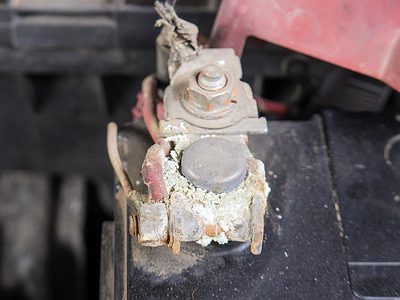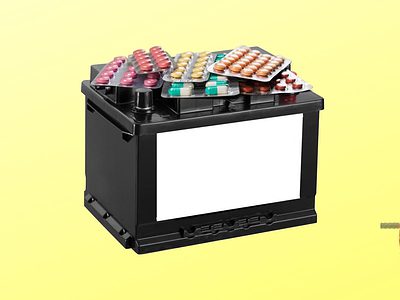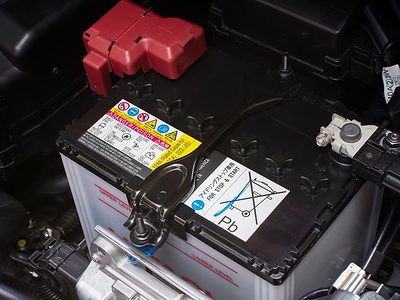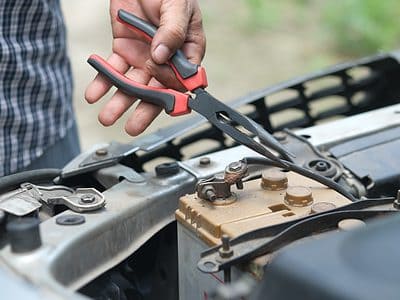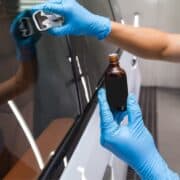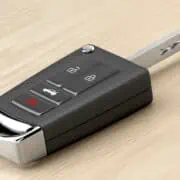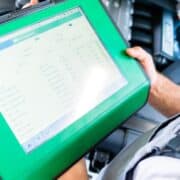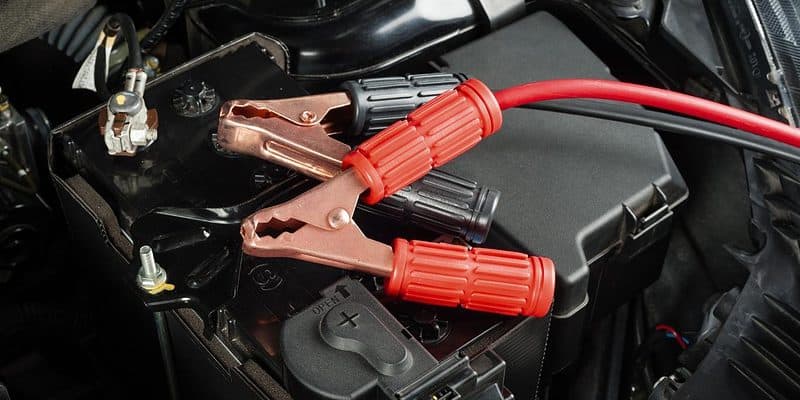
Waking up to a dead car battery is one scenario that can drain the energy out of you (pun intended), especially if you don’t have a charger on hand. But don’t panic; there are ways to refill your battery without one. This article will discuss how to charge a car battery without a charger, covering several methods and how they work.
What You’ll Need
Before testing any of the soon-to-be-listed methods, you may need any of the following materials:
- Protective gloves
- Protective eyewear
- Wire brush for cleaning
- Wire probes with clips
These things should be in the trunk of your car at all times anyway.
Note
By design, a car battery charger is the most effective and reliable way to charge your vehicle’s battery. So, prioritize using one whenever it’s available.
Method One: Charge with a Car Jump Starter
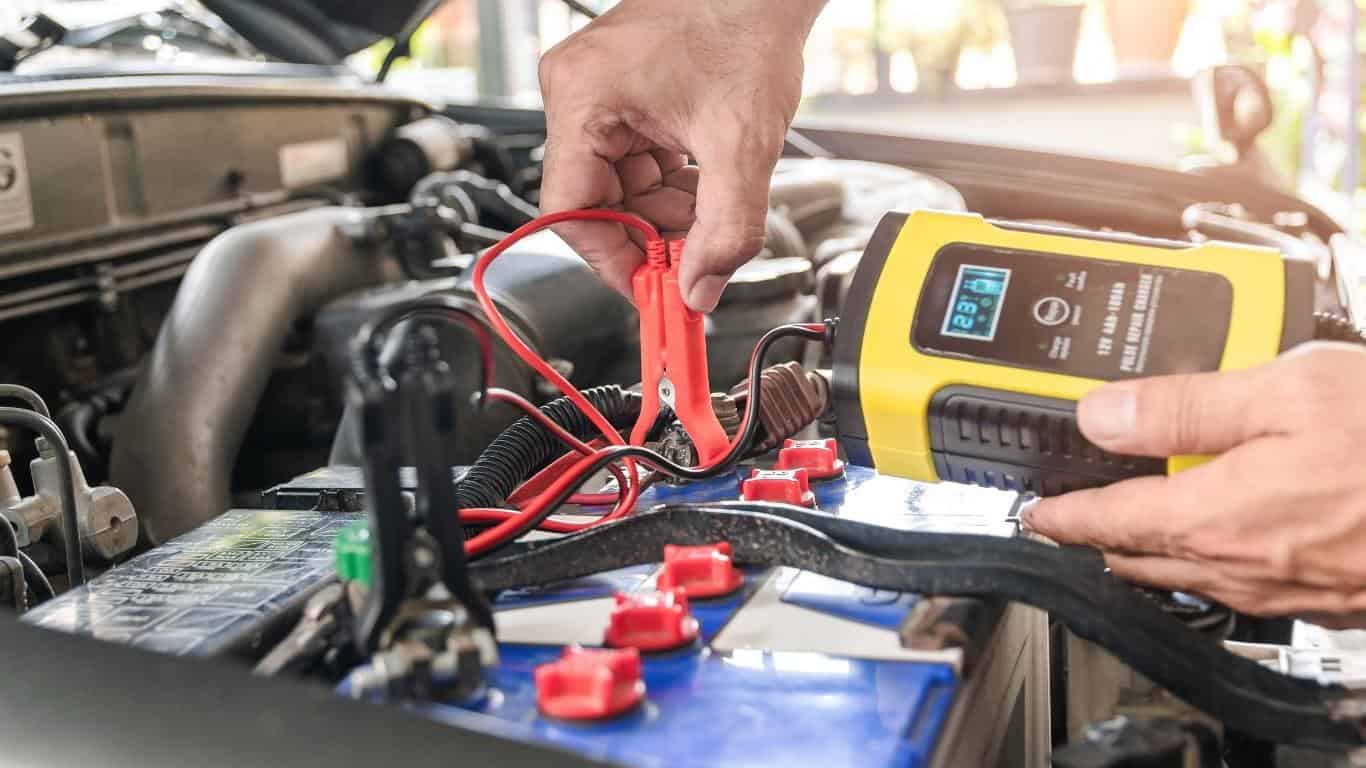
This is one of the most straightforward ways to recharge your car battery—if you have a jumpstarter pack. It’s pretty much plug-and-play. You connect the cables on the pack to your car battery’s terminals, red to red and black to black vis-a-vis positive to positive and negative to negative.
Turn on the portable battery pack to charge your battery just enough to start your engine. Next, turn on your vehicle, and your alternator will immediately take over the charging responsibilities. See our guide on jumping cars for more information.
Method Two: Charge by Jumping
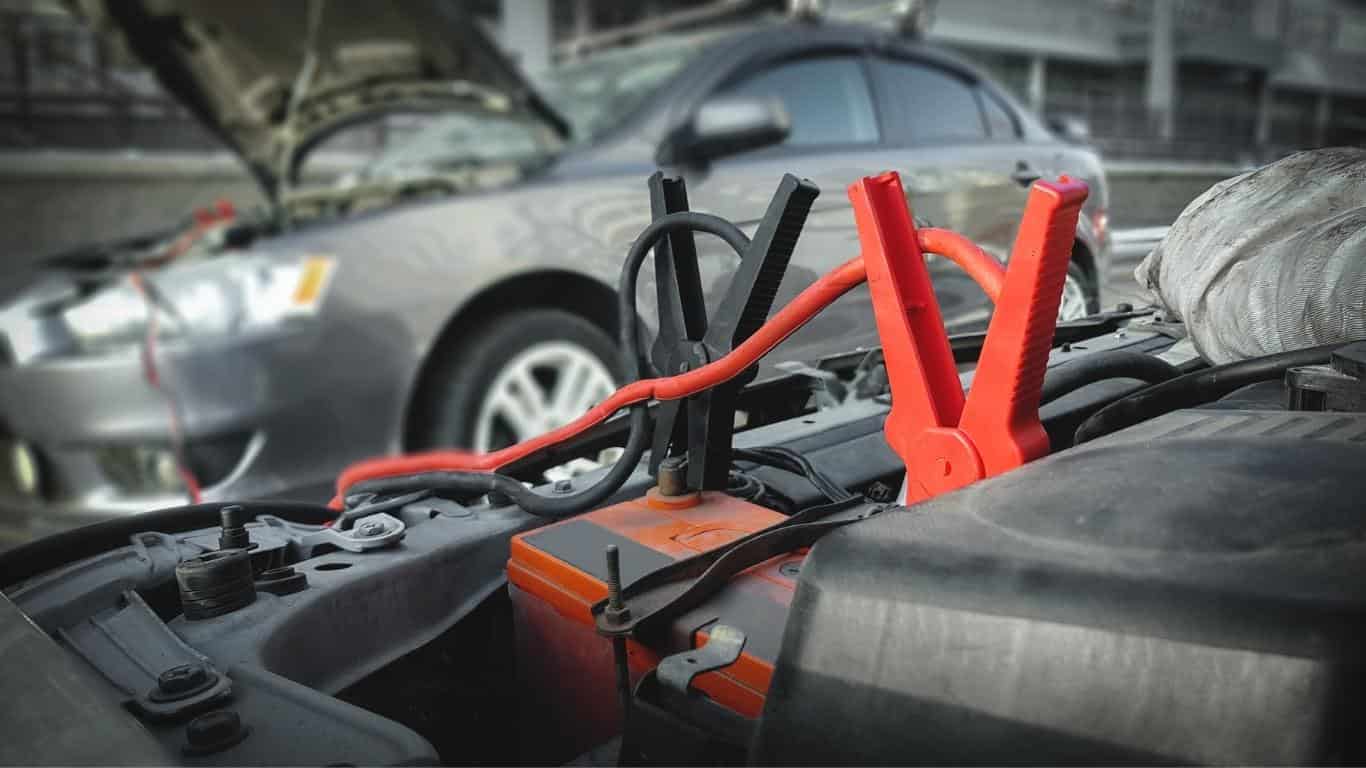
This is also a straightforward method, but it requires you to have a jumper cable and a fully charged battery on hand—whether that’s a spare you own or from someone else’s car. If you have those, the process should be pretty straightforward.
To jumpstart, connect jump leads from the other vehicle or battery to your car in the correct order. This is important as a bad connection will damage your battery and even fry your car’s components. If successful, you should be able to start the vehicle after some minutes.
Here’s a summary of the important steps to follow while jumping your car:
- Get rid of any dust, rust, or corrosion on the terminals of your car battery using a wire brush. This will improve contact and make charging more efficient.
- Position both cars so that both ends of the jumper cables can reach them comfortably. A longer cable will allow for more wiggle room.
- Connect one end of the positive cable to the positive terminal on the weak car battery and the other to the positive terminal on the working battery.
- Connect one end of the negative cable to the negative terminal of the working car battery and ground the other end by connecting it to a free uncolored metal part of the vehicle with the weak battery.
- Turn on the ignition of the donor car and wait for a few (5–10) minutes to ensure enough charge passes to your battery.
- Start the car with the dead battery.
Method Three: Charge by Placing Your Battery in Another Car
This is similar to jumpstarting, as you need another vehicle with a working battery. However, you work directly with the batteries instead of connecting the two cells with a cable. It comes in handy when you don’t have a jumper cable available.
Note
The downside of this method is that it erases your car’s memory since you’ll have to take out the battery. For vehicles with complex electronics, you can expect anything from minor issues like reset dates and times to major problems like unexpected stops when you slow down on the highway.
If you do go ahead, ensure the following before swapping batteries:
- Your battery shape and size are of similar dimensions as the other vehicle’s battery; otherwise, it won’t fit.
- Your battery mAh rating should match that of the donor car.
If your battery meets all the conditions above, start the donor car with its working battery. Next, take out the battery and put it in your vehicle. Then, start your car with the donor battery and immediately swap it out for yours with your car engine running. This will kickstart the charging process, and you can then return the donor battery to its original vehicle.
Tip
You don’t need to turn on the donor car before removing its battery. However, we recommend doing this in case the donor battery is not fully charged and is unable to start your car. In that case, you can quickly return it to its original vehicle while it’s still on. Otherwise, you’d have two dead batteries on your hands and a pissed-off friend or volunteer helper.
Method Four: Charge With a Solar Panel
You can quickly boost your car battery if you have a solar panel installed at home. Before starting the process, ensure the panel is compatible with the battery. Then, connect them using the appropriate cables and disconnect them once the battery is full to prevent overcharging.
This method is inefficient, and the charging time may be very long compared to a traditional charger. But it’s a convenient and eco-friendly option when a charger is not available.
The optimal way to connect your solar panel to your car battery is by using a solar charge controller. This device will stop your car battery from overcharging and prevent reverse current flow. This is important as overcharging can lower your battery’s lifespan.
Alternatively, you can also charge your car battery with a solar battery charger, which is basically a car battery charger that runs on solar energy instead of electrical on a standard charger. This is one of the safest ways to charge your battery. Just make sure to consider the car battery size when buying one so that charging time would be optimal.
Method Five: Charge With a Home UPS Inverter
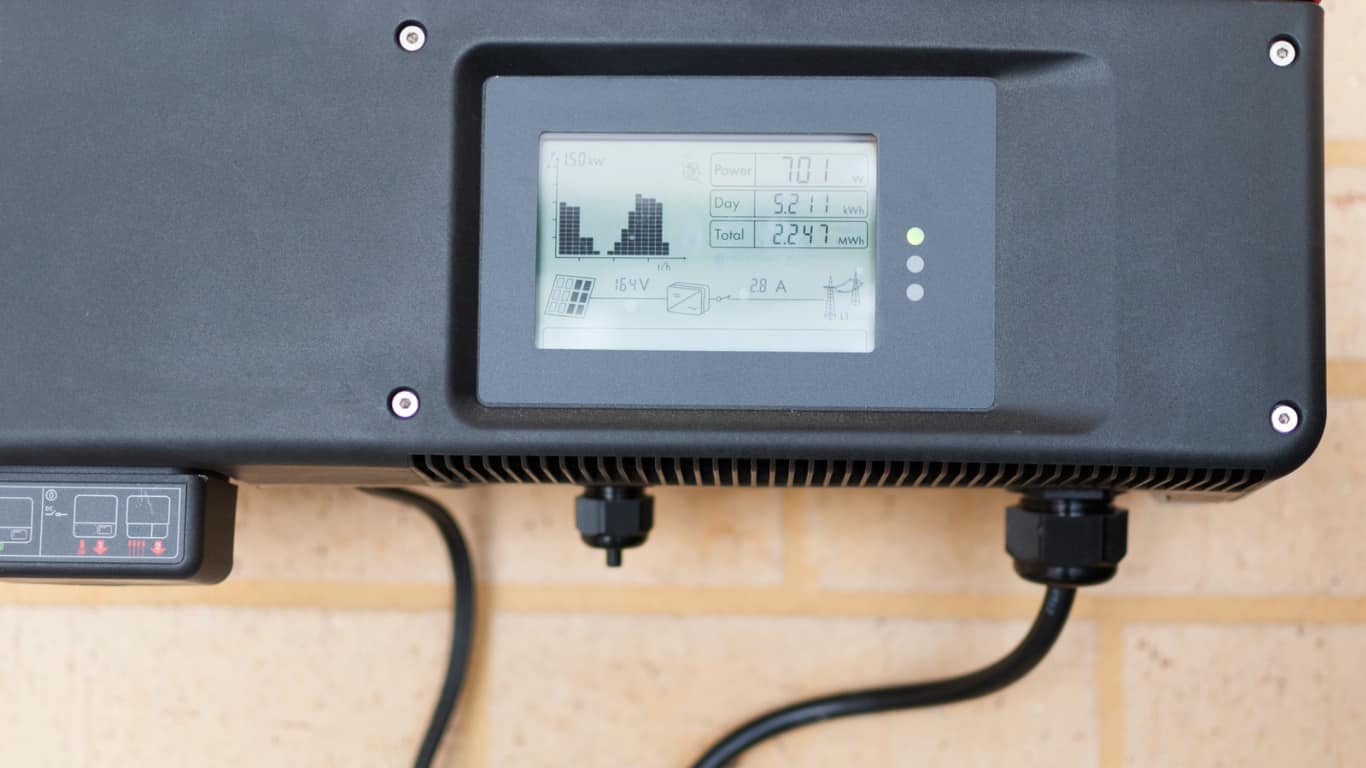
Most homes have a domestic UPS inverter for power in case of a blackout. An inverter gets power from a battery source, converting the DC power of the cell to AC power. The home inverter battery is usually a 12V battery, which is equivalent to most car batteries.
However, check your UPS inverter’s manual to confirm it’s suitable for charging your car battery. Also, several models have a display screen indicating charging progress. So, take advantage of that to prevent overcharging and reverse current.
Method Six: Charge With a Battery Isolator
Recreational drivers and regular campers love having a battery isolator as a go-to option to recharge their batteries. A battery isolator lets you charge a secondary battery using the electrical power from the vehicle’s alternator.
How does a battery isolator work exactly?
It sends a part of the electricity generated by your car’s alternator to a subordinate battery after supplying the primary battery and the various auxiliary systems installed in the vehicle. It’s not the best way to charge a flat battery, though, as power has to first be sent to several other components before anything reaches the battery.
Method Seven: Contact a Battery Servicing Company
If you can’t get any of the previous options to work for you, either because you don’t have the needed tools or don’t want to get your hands dirty, you can contact a battery servicing company to do the job.
The main downside is that you may have to wait for some time before help arrives. This won’t be a problem if you are not in a hurry. Unfortunately, most dead battery finds happen when you’re about to go out.
Thankfully, there are companies like 1-800 Battery that offer fast-paced emergency battery services. Some customers have reported getting their battery issues sorted in as low as 1 hour from the time of first contact.
1-800 is open to appointment bookings, but if push comes to shove, click the link to give them a call.

A Weak Battery Shouldn’t Leave You Stranded
That’s how to charge a car battery without a charger. Next time your car battery dies on you, you can easily apply the above methods to get it up and running as quickly as possible. If your battery dies a lot, especially during the cooler months, you might want to invest in a winter car battery.
FAQs
Can a Completely Dead Battery Be Recharged?
Yes, a completely dead battery can be recharged with the right tools and some know-how. There are several methods you can use, such as jumpstarting it with a portable power pack or connecting it to a dedicated charger. However, because a completely depleted battery has less than 12V, avoid charging it with your alternator, as the heavy strain may damage it.
How Do You Charge a Car Battery in an Emergency?
The best way to charge a car battery in an emergency is to jumpstart it. You can do this by connecting your car battery to a donor car or using a portable battery pack.
Can You Charge a Car Battery With Jumper Cables?
You cannot exactly charge a car battery with jumper cables, whether the energy source is a power pack or a donor vehicle—this is insufficient. However, a jumper should give you enough power to start your car and get the alternator to do the charging.
How Long Does a Car Battery Take to Charge With Jumper Cables?
In 5–15 minutes, your battery should be charged enough with a jumper cable to start your car. However, you still need to keep the engine running for at least 15–30 minutes after starting the vehicle to refill the battery fully.
Is It Bad to Jumpstart a Car?
Jumpstarting a car is not bad unless the battery is damaged or defective or the correct procedure is not followed. It’s one of the best methods to quickly get your dead battery running when you don’t have a charger.

